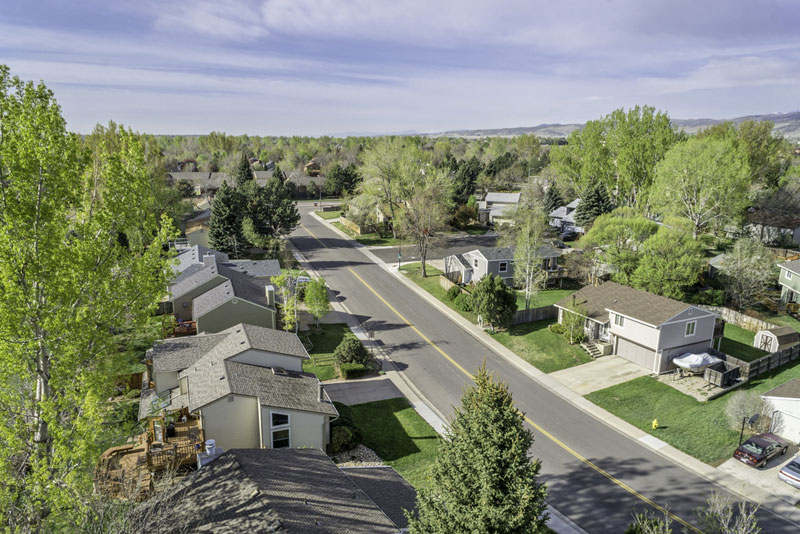How the Plants Around Your Home May Affect Your Life Span

Having a lot of green around your home might help you live longer, according to a new study of more than 100,000 U.S. women.
Women in the study with the most greenness near their homes — whether it was plants, trees and other vegetation — had a 12 percent lower death rate during the study period, compared with women who had the least amount of vegetation near their homes, the researchers found.
"It is important to know that trees and plants provide health benefits in our communities, as well as beauty," Linda Birnbaum, director of the National Institute of Environmental Health Sciences, which funded the study, said in a statement. "The finding of reduced mortality suggests that vegetation may be important to health in a broad range of ways."
For the study, researchers at the Harvard T.H. Chan School of Public Health and Brigham and Women's Hospital in Boston looked at the level of vegetation around the homes of about 110,000 women who were registered nurses living across the United States, and were participating in a large ongoing research effort called the Nurses' Health Study. The participants had given their home addresses, and the researchers used satellite imagery to determine the amount of vegetation within 250 meters (820 feet) of their homes.
Then, the researchers tracked the women from 2000 to 2008, during which there were 8,604 deaths. [Extending Life: 7 Ways to Live Past 100]
Living in an area with a lot of vegetation was linked with a lower rate of death from any cause (excluding accidental injuries).
Women living near areas with the most vegetation had a 41 percent lower death rate from kidney disease, a 34 percent lower death rate from respiratory disease and a 13 percent lower death rate from cancer, compared with women living in areas with the least vegetation, the study found.
Sign up for the Live Science daily newsletter now
Get the world’s most fascinating discoveries delivered straight to your inbox.
There are a number of reasons why vegetation near the home could lead to a longer life span, including providing space for physical activity or social gatherings, or decreasing stress and depression through contact with nature, the researchers said.
Indeed, the study showed that women with lots of vegetation near their homes had lower levels of depression, and spent more hours participating in social groups such as charities, than people with less vegetation near their homes, suggesting that these were the biggest factors driving the link.
The researchers took into account changes in vegetation around the home during the study period, as well as other factors that can affect mortality, such as a person's age, ethnicity or income level.
The study was published April 14 in the journal Environmental Health Perspectives.
Follow Rachael Rettner @RachaelRettner. FollowLive Science @livescience, Facebook& Google+. Original article on Live Science.

Rachael is a Live Science contributor, and was a former channel editor and senior writer for Live Science between 2010 and 2022. She has a master's degree in journalism from New York University's Science, Health and Environmental Reporting Program. She also holds a B.S. in molecular biology and an M.S. in biology from the University of California, San Diego. Her work has appeared in Scienceline, The Washington Post and Scientific American.









